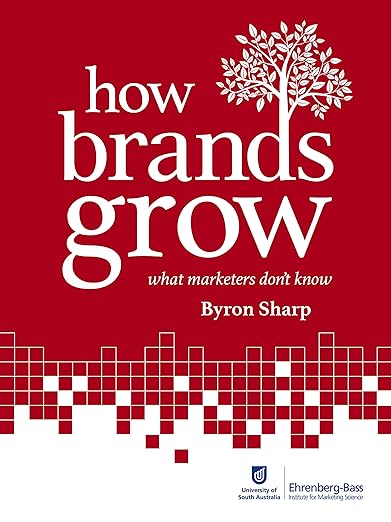Ultimately, Gaining Market Share is Important

I read "How Brands Grow" by Byron Sharp. The book examines traditional marketing theories and common beliefs, presenting the truths of marketing and branding from a new perspective.
Frankly, my impression is that strategies in marketing and branding may be unreliable. Ultimately, the one who captures the most market share becomes the winner in branding.
The Law of Double Jeopardy
Brands with low market share have very few customers, and these customers display low behavioral and attitudinal loyalty. No brand is immune to losing customers, and the loss is proportional to the market share. Larger brands lose more customers, but this loss is small compared to their entire customer base.
Intuitively, this makes sense. As share grows, so do cancellations, but the rate doesn’t change much, so it’s not a big deal overall.
Pareto's Law
The law that 80% of sales come from the top 20% of brand-buying customers. However, the actual ratio is not as extreme as 80/20. For example, gasoline is bought uniformly by the majority, so the Pareto share is not so extreme.
For consumer goods brands, the Pareto share over three months is 35%. Over a year, it exceeds 50% but usually doesn’t greatly exceed 50%, and rarely reaches 80%.
If Pareto's share is a misconception, then light users, who make up half the sales, cannot be ignored.
Heavy users turn into light users, and light users into heavy users. This is called the law of buying behavior normalization, a regression to the mean.
The Law of Natural Monopoly
As brands grow, the proportion of light users in their customer base tends to increase. Consumers who don’t purchase frequently, like light users, prefer larger brands.
This suggests that the market leader has an easier time expanding its share.
NBD (Negative Binomial Distribution) Dirichlet Model
This mathematical model can predict brand choice rates and high multipliers. Everyone has their preferences and tends to buy certain brands.
Small-scale brands are greatly influenced by large-scale brands, but the reverse is less common. For example, stores that carry small-scale brands always have large-scale brands, but the reverse isn’t guaranteed. This means if a large-scale brand runs a promotion, it affects all small-scale brands. On the other hand, if a small-scale brand does a promotion, the impact on large-scale brands is only where their sales areas overlap.
Conclusion
While some topics were complex, the bottom line is that having a larger market share is advantageous in marketing.
Every company conducts marketing, so overturning market share purely with marketing power is not easy.
In marketing, there's a tendency to focus on the target, but it’s more important to focus on light users and increase awareness in all directions.
Considering these points, the importance of strategies to first capture market share, putting sales aside, becomes clear.













